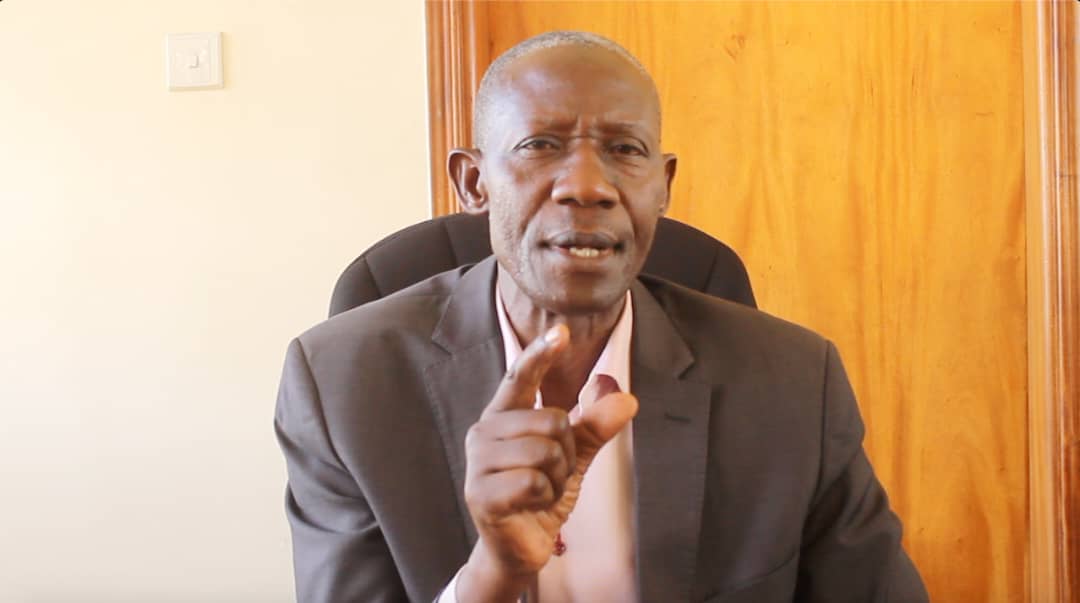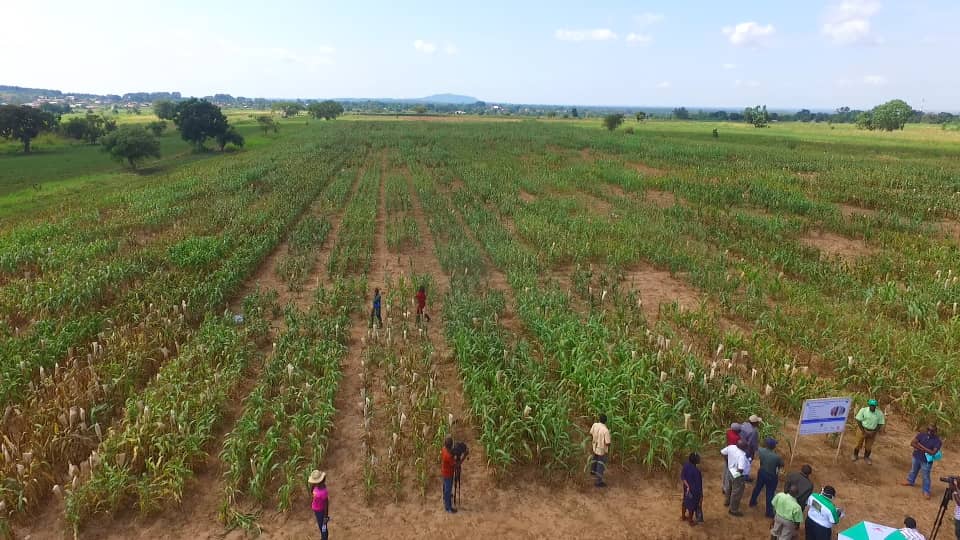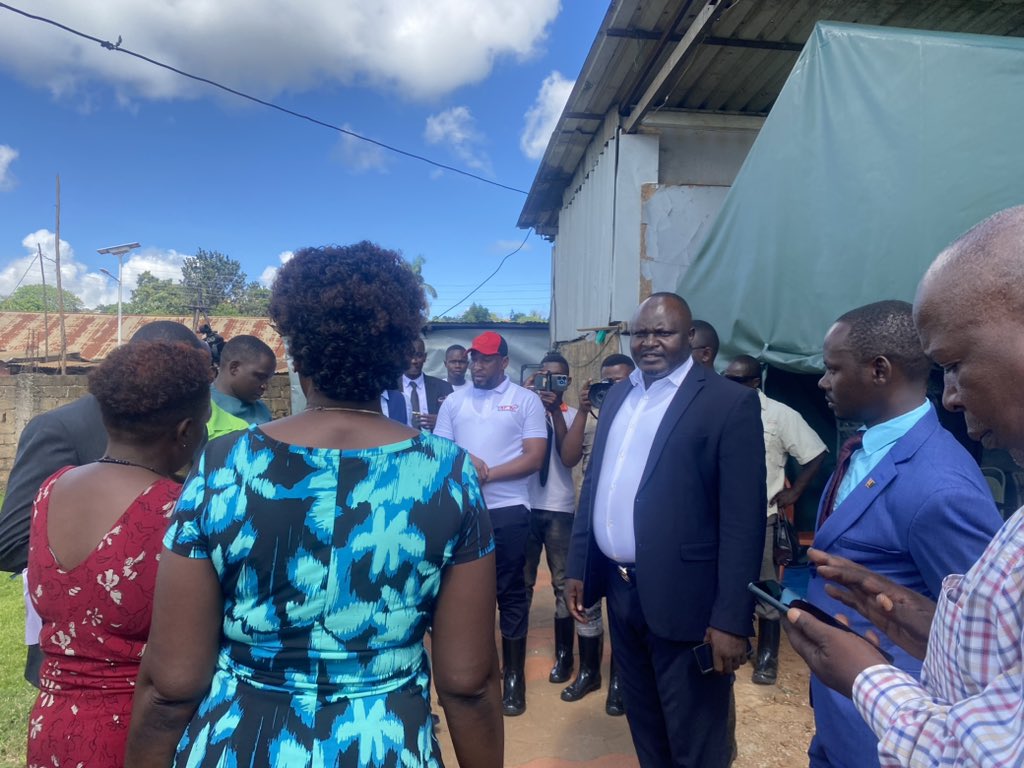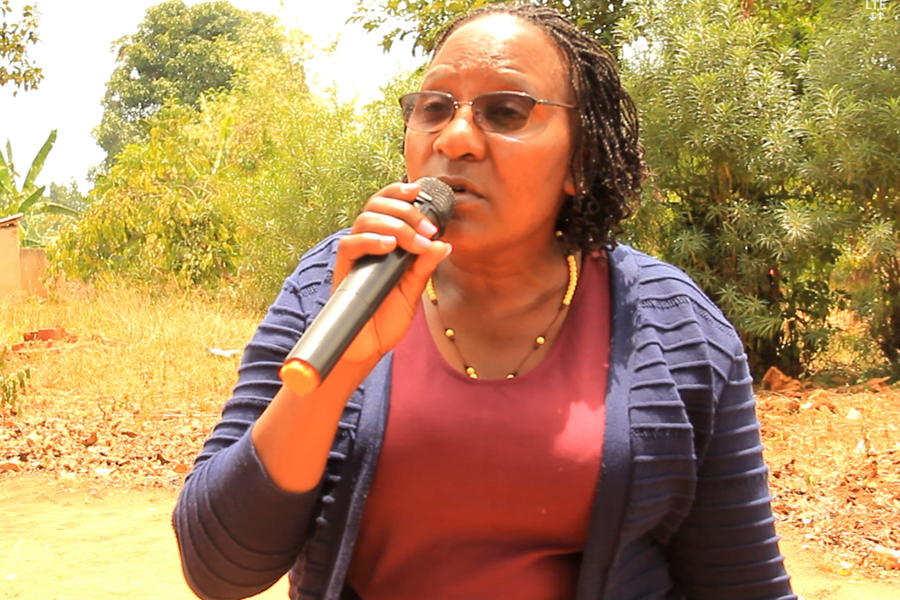100 villages in Lamwo abandon open defecation
Lamwo district health officials are set to declare 100 villages in Lokung sub-county open defecation free following a successful campaign that has seen households investing and constructing basic improved latrines.
The latrines are considered improved because they have a washable cement floor and have handwashing facilities with water and soap, ingredients that are key in stemming diseases and infections like diarrhea and dysentery, among others.
However, following a community-led household hygiene and sanitation campaign aimed at ending open defecation campaign which has been on in Acholi sub-region since 2019 and intensified after June 2020, the 100 villages have been able to get improved latrines.
“We selected Lokung sub-county because it had the lowest coverage of latrines and we believe with this campaign, we can achieve more improvements,” said Wilson Arop, the Senior Environment Health Officer for Lamwo district.
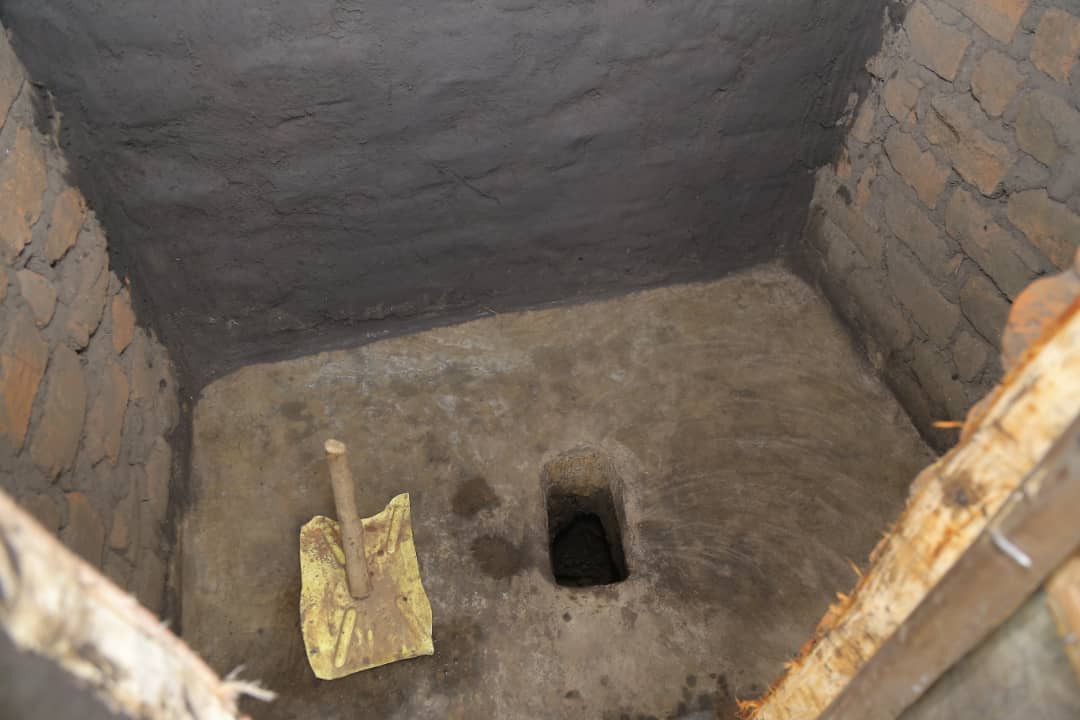 Inside the pit latrine.
Inside the pit latrine.
He noted that Lamwo has a total of 400 villages and that if 100 villages are confirmed to be open defecation free, this would represent a significant milestone in improved community hygiene and sanitation health.
According to Arop, village-based sanitation committees have been identified and trained to move from household to household, sensitizing on the need to build household latrines and end open defecation.
“They are complemented by teams of community masons who have received training to build improved latrines using local materials,” he said.
According to Arop, the campaign was preceded by a situation analysis which revealed how dire the hygiene and sanitation situation in the district was.
“The target is to make 100 households free of open defecation in the district. All the 100 households have been reached. They started with the district leaders, the sub-county leaders and they go down up to the village level.”
Arop noted that by 2014, Lamwo district had sanitation coverage of 38%, adding that currently, it stands at 59%.
He, however, said this average is deceptive because many households are in the process of constructing latrines, whose data has not yet been captured in latrine use surveys.
“There are a lot of latrines that are under construction. And if you were to get the data now, we may be around 64% -65%.”
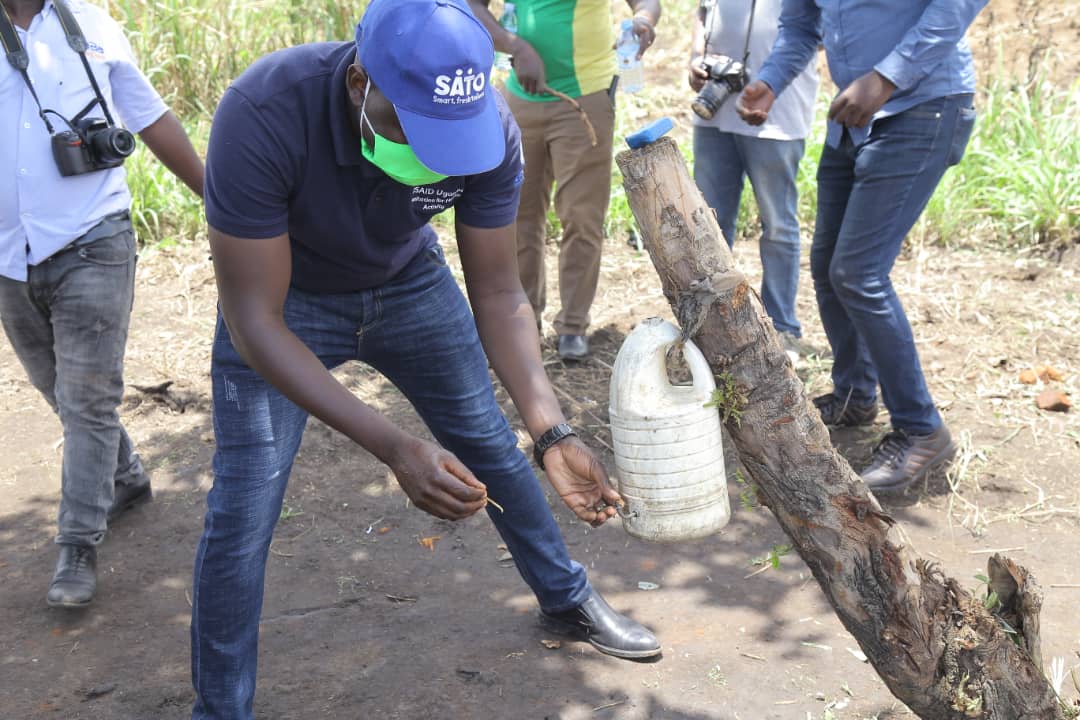 A typical handwashing facility installed in home in Northern Uganda sanitation campaign.
A typical handwashing facility installed in home in Northern Uganda sanitation campaign.
Locals in Lamwo recently said it is difficult to dig pit latrines due to the poor texture of soils which cannot hold them up and always collapse.
For example last year, latrine coverage which had been recorded at 64% in 2020 plunged to 55%. It has only just climbed back to 59%. Notes the district Senior Environmental Health Officer,
“We had very heavy rains and looking at the type of soil we have in some parts of the district, a lot of households’ sanitation facilities were destroyed by the heavy rains. So, the latrine coverage dropped from 64% to about 55% due to the heavy rains,” said a senior environmental health officer.
However, the villages will be declared free of open defecation after the Lamwo district health authorities verify the same.
“We are going for verification if at all these households are now free of open defecation. We are looking at the whole village. We have a list of 28 villages that have submitted forms claiming open defecation-free status. In the 100 villages we expect all the households to have access to a latrine,” said Wilson Arop, the Senior Environment Health Officer for Lamwo district.
He said that if confirmed to be successful, their plan is to replicate this strategy throughout the rest of the sub-counties in the district.
The strategy, he said, entails community masons who are trained to construct affordable latrines within the means of community members and using local available materials whereas sanitation committee members have been brought on board and trained to move door to door ensuring that households learn the benefits of latrines and build them
“We are trying our level best to copy from the 100 villages to go to the rest of the district. The experience that we have gained, we shall take it to the rest of the villages. We are also a bit lucky that there are many local materials that can be used to construct latrines,”Arop said.



